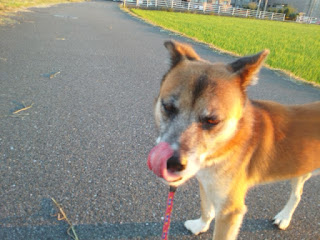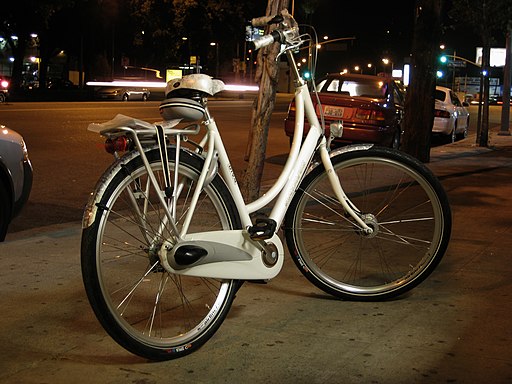Japan does most everything well. Electronics, automobiles, trains, and unmanned space flight are all testament to Japanese hard work and ingenuity.
Japan does two things poorly, bread and shoes. I will write about bread another time. Today I will write about shoes.
The Japanese shoe trade is bereft of innovation, customer choice, and and affordable products.
There were two television series that ran recently that both featured stories about running in tabi. Tabi are a style of socks with a split toe for wearing with sandals, or by themselves if they have a rubber sole. One of the series featured a story about a modern tabi manufacturer that was on the brink of failure, when they helped an injured runner overcome his problem by designing a running tabi just for him.
The second series was a story about an actual athlete, Kanakuri Shizo, who participated in the seventh and eighth Olympics. He ran in tabi that were made by a company in Tamana, Kumamoto.
As a result of the series' popularity, I expected to see a boom in running tabi and other minimalist shoes in general. In actuality, crickets.
What is on offer at shoe stores in my area is a selection of lower-tier, big brand name shoes. It's easy to find big name products at shops, but they are the poor quality range of shoes that these corporations make. I can find the higher quality shoes online, but I don't want to buy shoes online.
The cost of shoes is also prohibitive. A reasonably good quality pair of running shoes from a reputable US maker sells for around ¥13,000 online at a US site. The identical pair of shoes from a Japanese website is priced at ¥33,000. That's more than twice the price for identical shoes.
My current solution is a pair of plastic clogs. The company who makes them now sells a version that is good for walking in, come in my size, and are affordable at about ¥6,000.
Some people say that Japan has never been
a shoe culture. That's fine, but companies are not even trying. Japan has never been a space culture either, but Hayabusa and Hyabusa II have been magnificent successes.


